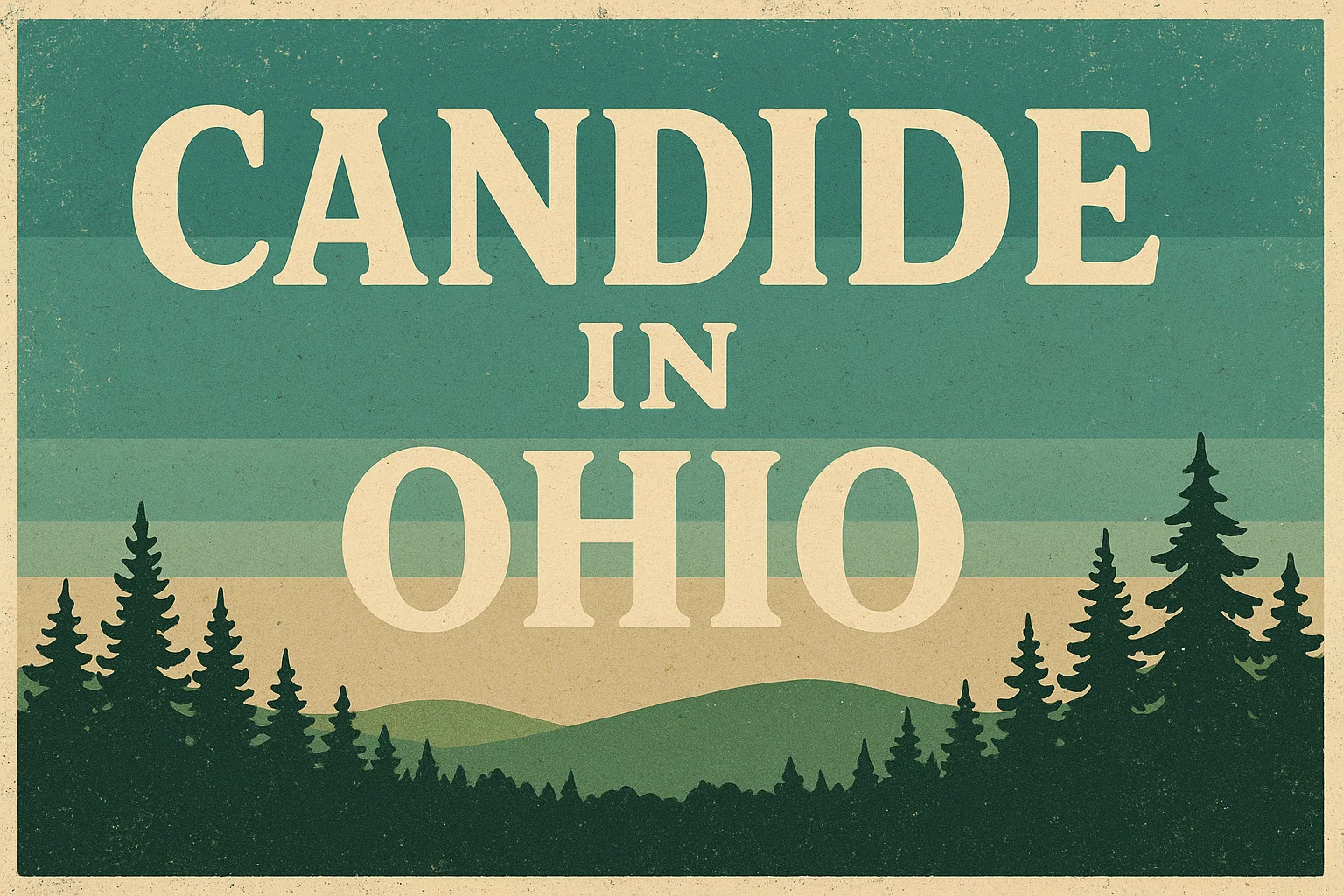In the ever-changing landscape of modern storytelling, a new concept has started to catch the attention of readers, thinkers, and digital audiences alike — candideinohio. The name itself feels intriguing, as though it connects a centuries-old idea with something deeply American and contemporary. At its core, candideinohio isn’t just a story; it’s a mirror reflecting how optimism, philosophy, and social satire adapt to the 21st century.
While the term may sound mysterious at first, candideinohio can be understood as a reimagining of Voltaire’s Candide, but this time set in Ohio — a place symbolic of America’s heartland, middle-class ideals, and quiet struggles. It’s a thought experiment about how philosophical innocence and idealism might survive in today’s world of misinformation, inequality, and moral gray zones.
Below, we dive deep into the meaning, themes, and cultural significance of candideinohio, and why it has become an unexpectedly powerful lens for viewing the human experience today.
The Meaning and Origin of candideinohio
To understand candideinohio, we must start with its roots. Voltaire’s Candide (published in 1759) is a satirical masterpiece that follows a naïve young man’s adventures through a world filled with suffering, hypocrisy, and absurdity. Despite his experiences, Candide continues to cling to his mentor Pangloss’s philosophy that “all is for the best in this best of all possible worlds.”
Now, imagine placing that same character — or at least his modern spirit — in Ohio. The result is candideinohio, a reflection of how optimism and reason fare in today’s world, far from the royal courts of Europe and instead in the middle of American suburbia. Here, Candide might work a nine-to-five job, scroll endlessly through social media, and wonder if the promise of happiness is still attainable amid modern disillusionment.
candideinohio, then, becomes a cultural metaphor: a story about trying to remain good, hopeful, and human in an age that tests those very qualities every single day.
Ohio as the Symbolic Heart of the Story
Choosing Ohio as the setting is no accident. The state stands as a powerful symbol of the American middle — geographically, culturally, and politically. It’s neither glamorous nor forgotten, neither the chaotic bustle of New York nor the dreamy sprawl of California. Instead, Ohio represents the balance point where real life unfolds in all its complexity.
In candideinohio, Ohio’s small towns, college campuses, and sprawling suburbs become stages for modern satire. The characters might encounter everything from corporate bureaucracy to online echo chambers, from idealistic activism to quiet despair. And just like in Voltaire’s world, each experience challenges the idea that optimism alone can explain or fix life’s problems.
Yet, despite it all, the spirit of candideinohio remains hopeful. The protagonist learns to cultivate meaning not through blind faith, but through awareness, empathy, and the simple acts of kindness that define everyday life.
Themes of candideinohio: Optimism vs. Reality
At its core, candideinohio explores one timeless question: How do we stay optimistic in a world that often seems absurd?
In Voltaire’s time, this question was aimed at religious and philosophical idealism. In today’s world, it applies to everything from social media culture to political polarization. The optimism of candideinohio is not naïve — it’s tested daily by the realities of inflation, disconnection, environmental anxiety, and digital overload.
The story’s satire lies in showing how modern life bombards us with contradictions. We preach compassion online but cancel strangers in comment sections. We chase authenticity through filters. We speak of freedom yet remain chained to the expectations of success. In this chaotic blend, candideinohio becomes a powerful exploration of what it means to seek truth and goodness without falling into cynicism.
candideinohio as a Mirror of Modern America
Beyond its literary depth, candideinohio also works as a social commentary. It highlights how American optimism — the idea that hard work and faith can overcome anything — faces new challenges in the digital age. The character’s journey through Ohio becomes symbolic of the larger American experience: hopeful, conflicted, and endlessly striving for meaning.
For instance, where Voltaire’s Candide encountered war and famine, candideinohio faces misinformation, burnout, and consumerism. Where the old Candide met kings and philosophers, the modern one meets influencers, politicians, and AI algorithms. Each encounter tests his faith in humanity and the idea that the world is inherently good.
But amid all these challenges, candideinohio does something remarkable — it refuses to lose hope. It suggests that the answer isn’t blind optimism or bitter cynicism, but the courage to act kindly and think clearly despite uncertainty.
The Literary and Cultural Impact of candideinohio
candideinohio has begun to make waves among readers, educators, and digital creators because it bridges classical literature with modern thought. It invites comparisons between 18th-century satire and 21st-century storytelling, showing how little human nature has changed.
Writers and scholars see candideinohio as a new form of literary activism — a call to question everything while maintaining moral compassion. Artists, on the other hand, have adapted the concept into visual art, podcasts, and even social commentary pieces. The blend of irony, humor, and philosophy resonates deeply in a time when people are desperate for meaning amid noise.
Even more interestingly, candideinohio has become a keyword that symbolizes the search for balance — between belief and doubt, optimism and realism, individuality and community. It’s not just a story title anymore; it’s becoming an idea that lives beyond the page.
Why candideinohio Matters Today
In a time when the world often feels fragmented and exhausting, candideinohio reminds us that laughter and critical thought can coexist. It’s a story about keeping your humanity intact even when the world feels absurd. It encourages reflection without despair, critique without cruelty, and hope without delusion.
Readers find comfort in candideinohio because it mirrors their own daily contradictions. We want to believe in goodness, yet we see injustice; we crave meaning, yet get lost in endless distractions. The story doesn’t give easy answers — instead, it shows that the act of questioning itself is part of being alive.
In that sense, candideinohio becomes a philosophy for modern living. It teaches us that wisdom comes not from pretending the world is perfect, but from finding small sparks of joy and truth even when it clearly isn’t.
The Future of candideinohio
As interest in candideinohio continues to grow, it may evolve into a wider creative movement — one that blends storytelling, art, and philosophy. There’s potential for novels, digital essays, films, and theater pieces that expand on its themes.
But perhaps the true future of candideinohio lies not in media, but in mindset. It challenges readers to live consciously — to recognize absurdity without surrendering to it, to embrace imperfection, and to keep cultivating metaphorical gardens in their own corners of the world.
After all, Voltaire ended Candide with the famous line, “We must cultivate our garden.” In the same way, candideinohio ends with a quiet but powerful message: In Ohio, or anywhere else, meaning is not found in grand ideals but in the everyday acts of kindness, reflection, and resilience.
Read also: OMGieStrawberry: The Sweet Digital Trend Everyone’s Falling in Love With
Conclusion
candideinohio is more than a literary experiment — it’s a reflection of our shared struggle to stay human in a complex, fast-paced world. It reimagines optimism not as ignorance, but as strength. It mocks modern absurdities while gently reminding us that laughter and learning can coexist.
Through its unique blend of satire, sincerity, and cultural insight, candideinohio invites readers to pause, think, and perhaps smile at the irony of it all. Because even in chaos — even in Ohio — there’s still room for wonder, wisdom, and hope.



